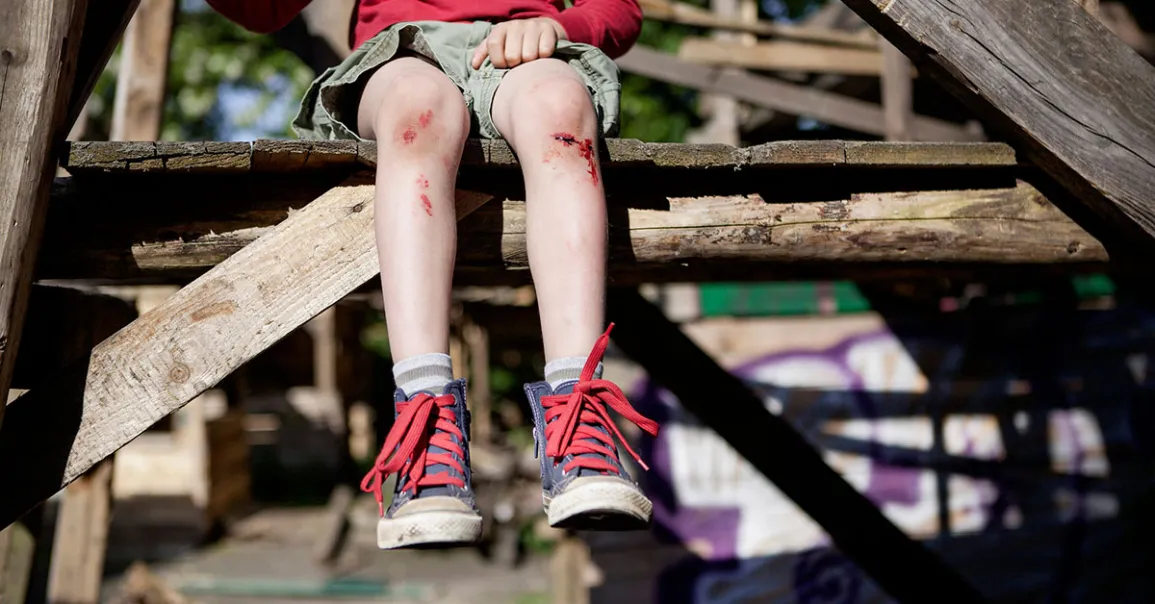In a discovery that challenges our assumptions about human superiority, scientists have found that humans heal wounds nearly three times slower than our closest animal relatives. This surprising difference in healing speed is now being linked to the evolutionary loss of body hair-a trait that sets us apart from other primates and most mammals.
Human Wound Healing in Numbers
Recent comparative research has measured wound healing rates across species, providing hard evidence for what doctors and zoologists have long suspected. When researchers created standardised wounds in humans and various primates, the results were striking: while chimpanzees, baboons, and monkeys healed at a rate of about 0.62 millimetres per day, humans managed only 0.25 millimetres per day. Even rodents, often considered less sophisticated than primates, matched the faster healing rate of our furry cousins. This threefold difference is not just a medical curiosity-it is a uniquely human trait that appears to have evolved after we branched off from chimpanzees around six million years ago.
The Evolutionary Trade-Off: Why Did We Lose Our Fur?
The loss of body hair in humans began with Homo erectus nearly two million years ago. This evolutionary shift is widely believed to be an adaptation for thermoregulation. As our ancestors moved onto the hot African savannah and adopted endurance hunting, a hairless body allowed for more efficient sweating and cooling. Dense fur, while protective, would have trapped heat and hindered these long pursuits. The development of a high density of sweat glands in human skin is unique among primates and is directly linked to this need for improved cooling.
However, this adaptation came at a cost. Human skin had to become a more effective barrier to compensate for the lack of protective fur. This led to a thicker epidermis and the evolution of a robust skin barrier, but also-according to new research-a significant slowdown in our ability to regenerate skin and heal wounds.
Skin Deep
The structural and cellular differences between human and primate skin are profound. Human skin is not only thicker but also features a more complex arrangement of stem cells and a distinctive undulating basement membrane, which strengthens the bond between the skin’s layers. While primate skin cells take about four weeks to renew themselves (compared to just one week in mice), human skin’s slower turnover may be a by-product of its enhanced barrier function and reduced reliance on rapid regeneration, since the risk of injury from environmental hazards is lessened without fur.
Genetic studies reinforce this picture. Humans share certain genetic modifications with other hairless mammals, such as elephants and whales, which also show slower wound healing. These changes affect the density and function of skin stem cells, further slowing the healing process.
The evolutionary loss of body hair brought other benefits, such as reduced parasite loads and the development of darker skin pigmentation to protect against UV radiation. Yet, the downside-a slower healing rate-remains with us today. In practical terms, this means humans are more vulnerable to infection and complications following skin injuries than our primate relatives.
Therefore the next time you find yourself waiting impatiently for a cut or scrape to heal, remember: your slow recovery is the price paid for the evolutionary advantages of smooth, sweat-cooled skin. Our hairless bodies may have helped us conquer the savannah, but they also left us with a hidden vulnerability-a reminder that every evolutionary gain comes with its own cost.


